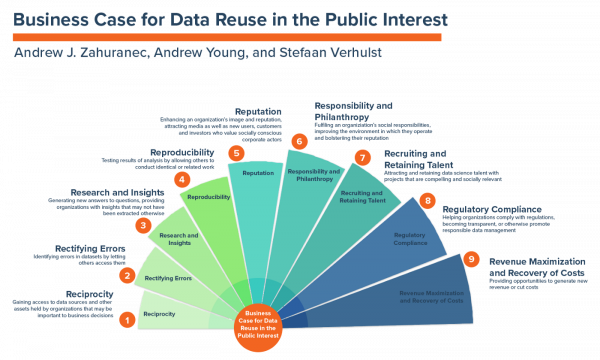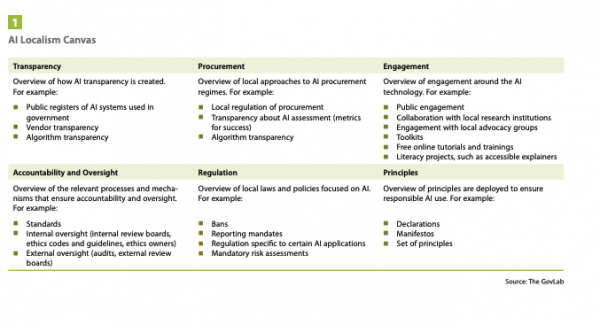Article by Robert Muggah and Carlo Ratti: “…The rapidly increasing volume and variety of Big Data collected in cities—whose potential has barely been tapped—can help solve the pressing need for actionable insight. For one, it can be used to track the climate crisis as it happens. Collected in real-time and in high resolution, data can serve as an interface between aspirational goals and daily implementation. Take the case of mobility, a key contributor to carbon, nitrogen, and particulate emissions. A wealth of data from fixed sensors, outdoor video footage, navigation devices, and mobile phones could be processed in real time to classify all modes of city transportation. This can be used to generate granular knowledge of which vehicles—from gas-guzzling SUVs to electric bikes—are contributing to traffic and emissions in a given hour, day, week, or month. This kind of just-in-time analytics can inform agile policy adjustments: Data showing too many miles driven by used diesel vehicles might indicate the need for more targeted car buyback programs while better data about bike use can bolster arguments for dedicated lanes and priority at stoplights.
Data-driven analytics are already improving energy use efficiency in buildings, where heating, cooling, and electricity use are among the chief culprits of greenhouse gas emissions. It is now possible to track spatial and temporal electricity consumption patterns inside commercial and residential properties with smart meters. City authorities can use them to monitor which buildings are using the most power and when. This kind of data can then be used to set incentives to reduce consumption and optimize energy distribution over a 24-hour period. Utilities can charge higher prices during peak usage hours that put the most carbon-intensive strain on the grid. Although peak pricing strategies have existed for decades, data abundance and advanced computing could now help utilities make use of their full potential. Likewise, thermal cameras in streets can identify buildings with energy leaks, especially during colder periods. Tenants can use this data to replace windows or add insulation, substantially reducing their utility bills while also contributing to local climate action.
The data revolution is being harnessed by some cities to hasten the energy transition. A good example of this is the Helsinki Hot Heart proposal that recently won a city-wide energy challenge (and which one of our firms—Carlo Ratti Associati—is involved in). Helsinki currently relies on a district heating system powered by coal power plants that are expected to be phased out by 2030. A key question is whether it is possible to power the city using intermittent renewable energy sources. The project proposes giant water basins, floating off the shore in the Baltic Sea, that act as insulated thermal batteries to accumulate heat during peak renewable production, releasing it through the district heating system. This is only possible through a fine-tuned collection of sensors, algorithms, and actuators. Relying on the flow of water and bytes, Helsinki Hot Hearth would offer a path to digital physical systems that could take cities like Helsinki to a sustainable, data-driven future….(More)”.



